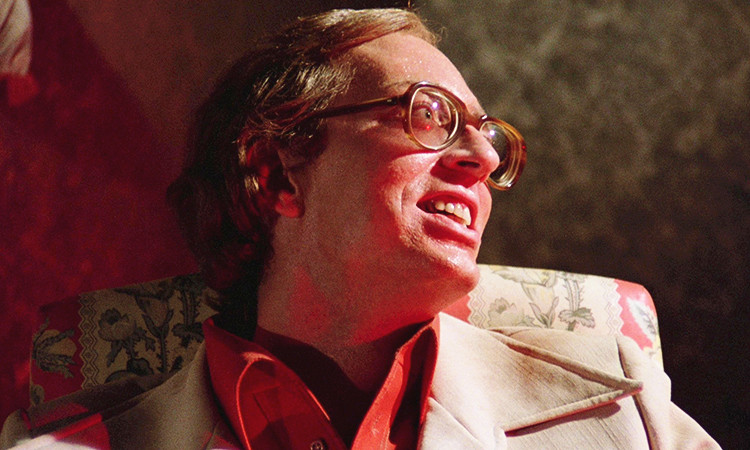
Many cinephiles most enjoy the work of auteur filmmakers, whose films are highly creative and uncompromised from their unique visions and perspectives. Mainly codified during the early years of the French New Wave, auteur filmmaking really has existed throughout the history of cinema across the globe.
Some of the greatest genre films have been directed by auteur filmmakers, who are more likely to fully embrace the themes and tropes of certain genres whole-heartedly outside of the constraints of studio or commercial filmmaking. Exercises in genre filmmaking can be attributed to many auteur directors who push the boundaries of cinema, even sometimes mixing genres to create a viewing experience that is completely original. Some of the films on this list do function in ways that merge disparate genres, but they will be focused on below in regards to a singular genre which they embody. Here are ten genre films worth watching from some of cinema’s greatest auteur filmmakers:
1. Old Joy (2006, Kelly Reichardt) – Road Film
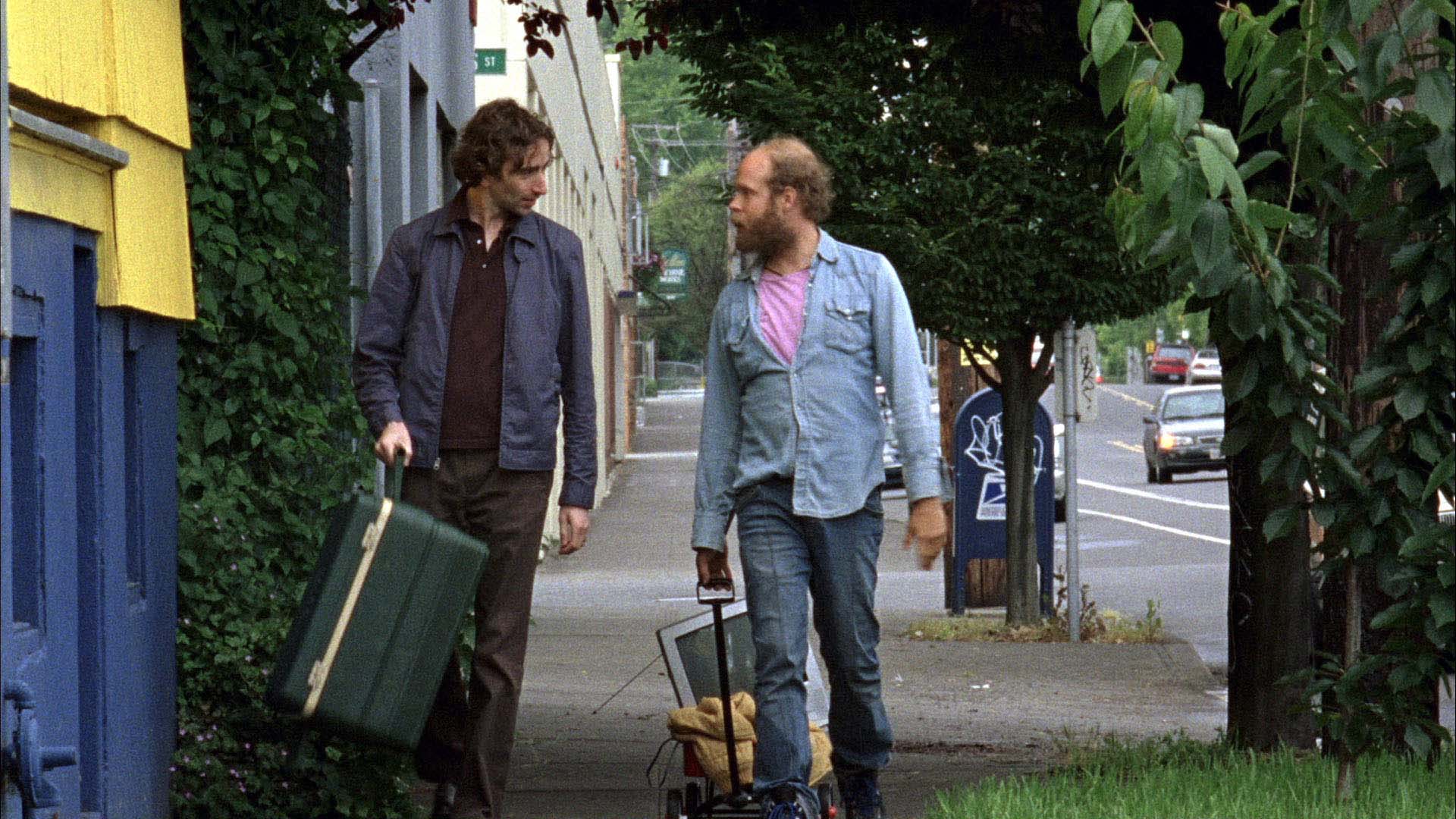
Modern American auteur filmmaker Kelly Reichardt released Old Joy in 2006. An unmistakable road film, Old Joy is an early work by the director but clearly expresses her unique filmmaking that is thoughtful, beautiful, and understated. Old Joy was adapted from a short story of the same name, telling the simple narrative of two longtime friends who get together for a camping trip in the Pacific Northwest and realize their friendship is changing in the face of growing older and growing apart.
Old Joy first introduces Mark, who lives with his pregnant wife and dog in a quiet suburban neighborhood where they live a normal, peaceful life. Mark gets a call from Kurt, an old friend who still lives an unpredictable yet exciting life as a transient quasi-hippie, and the two men decide to go camping for the weekend at a natural hot spring in the mountains of Oregon. As the men meet up and commence their excursion, they begin to realize how different their lives are and how their friendship has developed and distanced in relation to their individual experiences and life choices.
The road film genre works splendidly in combination with Reichardt’s dazzling filmmaking which typically emphasizes natural surroundings as well as characters in physical or emotional transition. Old Joy is no exception, providing viewers with an introspective experience that allows for the film’s two protagonist’s perspectives to be seen and considered. The film’s gorgeous Oregonian settings and pensive soundtrack provided by the band Yo La Tengo only elevate the film’s meandering thoughtfulness as it unfolds over its short hour and thirteen minute runtime. Although one of Reichardt’s earliest road films, Old Joy is one that completely solidifies her status as a great auteur filmmaker.
2. My Best Fiend (1999, Werner Herzog) – Documentary Film
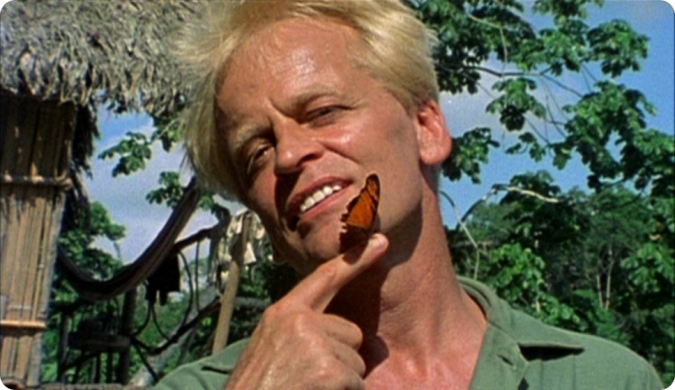
The iconic auteur filmmaker Werner Herzog’s documentary My Best Fiend was released in 1999. In this unique and highly-personal documentary, Herzog reflects on his turbulent longtime relationship with the infamous German actor Klaus Kinski, who starred in five of Herzog’s films in the 1970s and 1980s.
At the beginning of My Best Fiend, Herzog speaks of his longtime respect for Kinski as an artist, regardless of the actor’s reputation for being aggressive and erratic to work with. Herzog first casted Kinski in a starring role in 1972 in the film Aguirre, the Wrath of God. Herzog speaks in-depth of his intense film production, which was shot on-location in the Peruvian rainforests. Difficult filming conditions quickly affected Kinski’s ego, leading the entire film production to be influenced by Kinski’s unstable emotions and resistance to change, leading to countless conflicts between Kinski and everyone involved in Herzog’s production. After the success of Aguirre, the Wrath of God, Herzog went on to cast Kinski in four other films and experienced similar troubles in dealing with Kinski’s larger-than-life personality.
My Best Fiend is an endlessly interesting documentary that focuses on the relationship of two unique and important voices in German cinema. While many rumors of violence and aggression surround the relationship between Herzog and Kinski, Herzog uses the documentary to dive into the inspiration he received from Kinski, and the actor’s “unconditional professionalism” that sprouted from his passion for his craft. While Herzog is known for many of his documentaries, My Best Fiend feels much more intimate than many of his others and should not be overshadowed by the auteur filmmaker’s other works.
3. Eaten Alive (1976, Tobe Hooper) – Horror Film
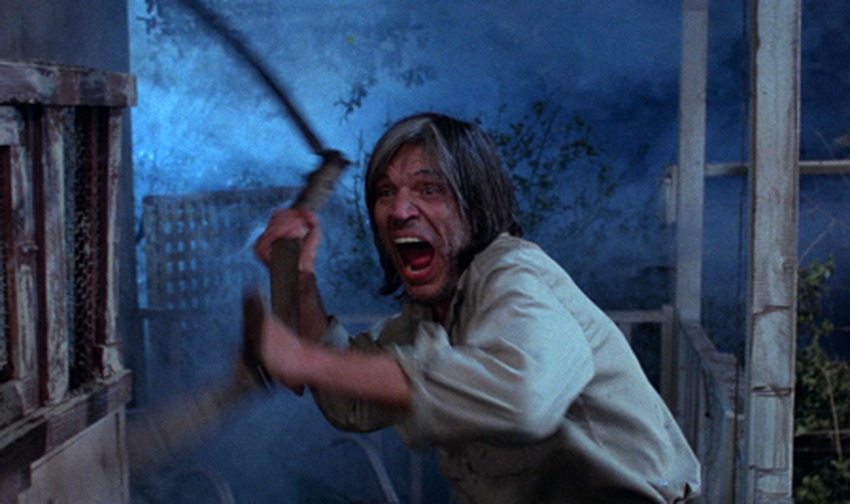
The 1976 horror film Eaten Alive is directed by quintessential horror auteur Tobe Hooper. Eccentric and at times nonsensical, Eaten Alive focuses on the Starlight Hotel and its demented porter with a pet Nile crocodile deep in the swamplands of the American South.
Eaten Alive’s plot is far from seamless, centering around an unhinged hillbilly who owns the run-down Starlight Hotel in the most rural part of Texas. As the hotel porter meets many visitors who agitate him, he gruesomely kills most of them and feeds them to his pet crocodile who lives in the surrounding swamp, terrorizing many young women, families, and outsiders.
Although Eaten Alive is quite ridiculous and incoherent in its storyline, the director still creates a horror film with interesting themes and choices that are critical of America of the past. Stylistically, the film is bathed in an unnatural red light that does little to mimic the natural world but intriguingly creates a perverse hellscape that lasts the entirety of the film. The film’s deranged hotel proprietor serves as a symbol of masculine insecurity and the decay American ideals of the past, as do many of the film’s other male characters and their actions.
Eaten Alive also plays with the horror trope of the “final girl” in unexpected ways, in reference to great horror films of the 1970’s while also presenting fresh perspectives of the trope. While Eaten Alive is nowhere nearly as successful or iconic as Hooper’s The Texas Chainsaw Massacre released two years before, Eaten Alive is still a gritty, wild, and imaginative take on the horror genre that should be reconsidered by fans of horror flicks.
4. The Young Girls of Rochefort (1967, Jacques Demy) – Musical Film
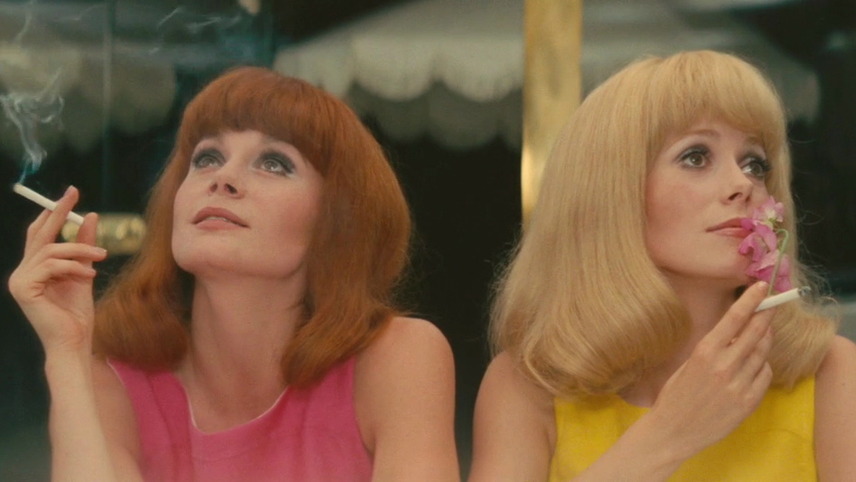
The Young Girls of Rochefort is a 1967 musical film directed by the French New Wave auteur Jacques Demy. Colorful, vibrant, and spirited The Young Girls of Rochefort is a seminal musical film that influenced many others released in later years. Made up of a cast featuring Gene Kelly, Jacques Perrin, and even a young Catherine Deneuve, The Young Girls of Rochefort centers around two sisters who yearn to leave their hometown to pursue lives of love and excitement in Paris.
Twin sisters Delphine and Solange live in Rochefort, France where they live humble lives teaching music and ballet lessons to young children. The sisters have a close relationship with their family, but are unfulfilled with their quiet lives and wish to move to Paris. When the “fête de la mer” or “party of the sea” festival comes into Rochefort one weekend, the two sisters begin to experience chance encounters that will change their lives for the better.
The Young Girls of Rochefort is a dashing and upbeat musical filled with mod influences that harken back to the heyday of the French New Wave. Brimming with catchy original songs and buoyantly choreographed dance numbers, this film maintains a light-heartedness throughout that can effectively touch many viewers. Masterfully tied together in style and form by Demy, The Young Girls of Rochefort is an incredibly hopeful musical film all about second chances, an electrifying musical that is sure to put smiles on many faces.
5. Widows (2018, Steve McQueen) – Heist Film
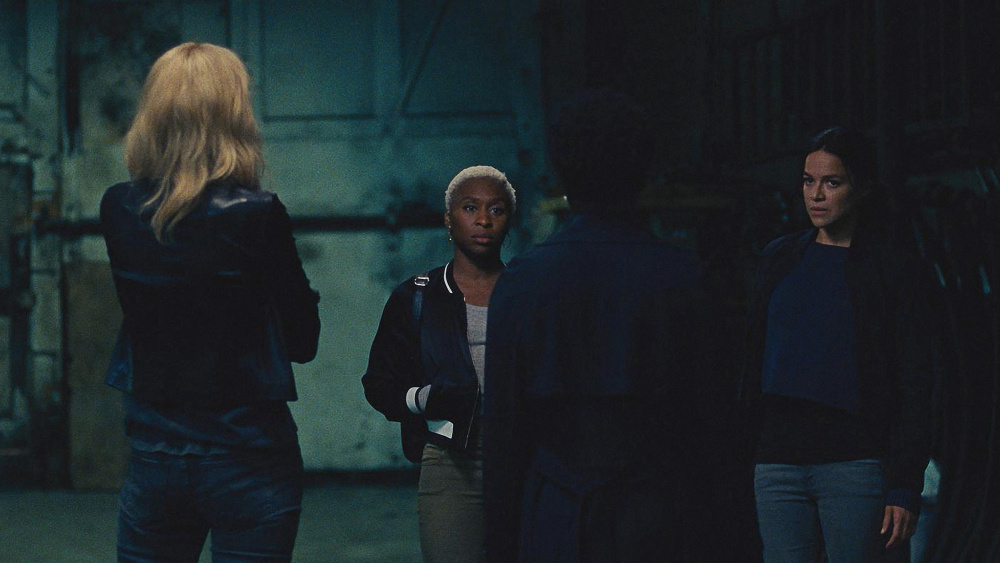
Widows is a 2018 heist film directed by the Academy Award winner Steve McQueen. Based on a 1980s British television show of the same name, Widows is an intense and suspenseful film adaptation packed with star-studded actors including Viola Davis, Cynthia Erivo, Liam Neeson, and Daniel Kaluuya just to name a few. Sleek, astute, and full of surprises, Widows is a modern-day heist film that demands to be seen.
The film takes place in Chicago, leading off with a high-stakes robbery gone wrong that leaves the film’s four central female characters as widows. Led by Viola Davis’ character Veronica, the widows learn of their husbands’ criminal activity that has left the women in debt two-million dollars to a prominent Chicago crime boss. As the widows get to know one another, they must all contribute their individual viewpoints and intelligence to pull off a robbery of their own in order to protect themselves and correct their late-husbands’ mistakes.
Widows is a unique heist film in the sense that it delivers an entertaining and commercial film while also providing amazing performances and astute social commentary. The film’s central female characters seem to be the most unlikely group to pull off a high stakes robbery, but their strength and intelligence shines through to declare them as bonafide masterminds capable of outwitting the criminals plotting against them.
These strong female characters in combination with the film’s nuanced assessments of capitalism and its deep-rooted ties to political crime and even racism make for a heist film unlike others released over the past few years. With Widows, director Steve McQueen shows that he is an auteur filmmaker capable of working on larger scales while still maintaining his compelling perspectives of the modern world.